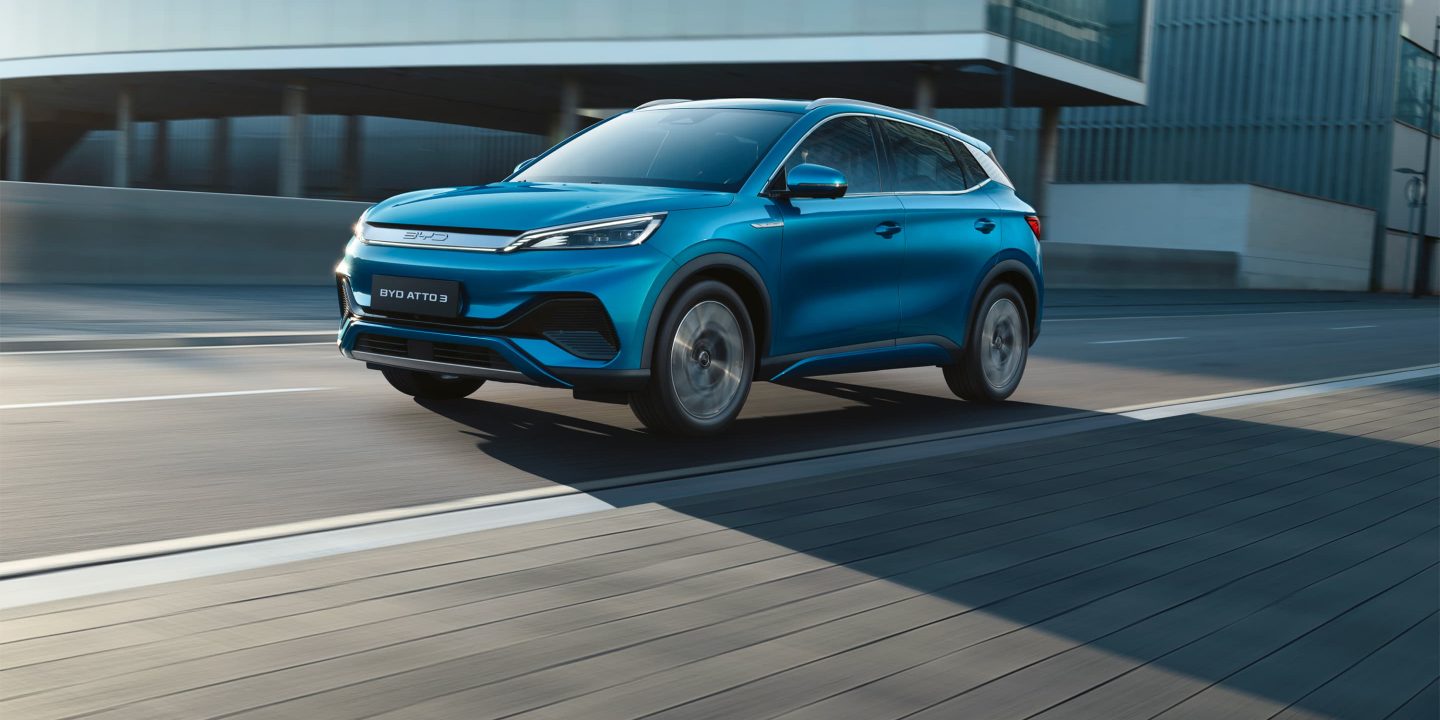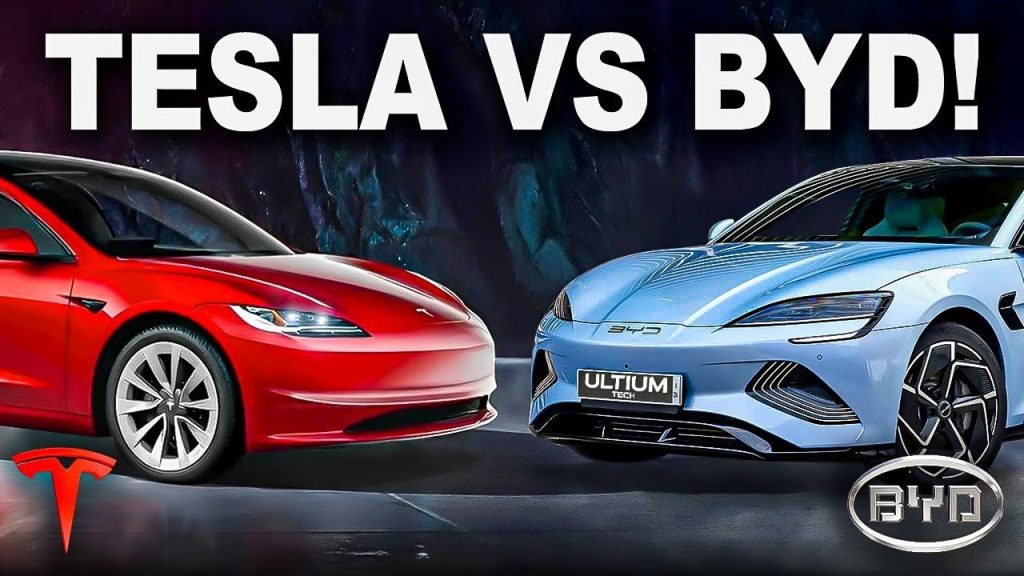
When the conversation turns to electric vehicles (EVs), Tesla often dominates the headlines. However, one name that has quietly yet emphatically made waves is BYD (Build Your Dreams). The Chinese automaker has achieved a feat that many would find unthinkable a decade ago: outselling Tesla in EV sales. But how did BYD rise to prominence, and does it have the potential to become the next global car brand powerhouse? Let’s delve into the history, strategy, and future of BYD.
The Rise of BYD: A Story of Vision and Adaptability
BYD began in 1995 as a manufacturer of rechargeable batteries. Founded by Wang Chuanfu, a chemist-turned-entrepreneur, the company quickly became the world’s largest producer of nickel-cadmium batteries. This foundation in energy storage laid the groundwork for its eventual foray into electric vehicles.
In 2003, BYD acquired a struggling state-owned car company and ventured into the automotive sector. Its initial focus was on internal combustion engine (ICE) vehicles, but the company’s expertise in battery technology hinted at a different future. By the mid-2000s, BYD had begun developing hybrid and electric cars, and by 2008, it launched the F3DM, the world’s first plug-in hybrid available for mass consumption.
BYD vs. Tesla: A Tale of Two Strategies
While Tesla revolutionized the EV industry with its sleek design, powerful performance, and a tech-savvy brand image, BYD adopted a different approach. Instead of focusing solely on premium vehicles, BYD targeted a broader audience with a wide range of affordable and practical EVs. Here are some key factors behind BYD’s edge:

- Vertical Integration: BYD controls its supply chain, producing batteries, semiconductors, and even key components in-house. This reduces costs, ensures quality, and minimizes the impact of supply chain disruptions.
- Government Backing: Operating in China, the world’s largest EV market, BYD has benefited from strong government support, including subsidies, incentives, and investments in charging infrastructure.
- Diversified Portfolio: BYD offers a variety of models ranging from compact cars to buses and commercial vehicles. This diversification allows it to capture multiple market segments.
- Global Expansion: While Tesla focuses on high-profile markets like North America and Europe, BYD has aggressively expanded into emerging markets, including Latin America, Africa, and Southeast Asia, where affordability is key.
- Focus on Batteries: BYD’s development of the Blade Battery, known for its safety, efficiency, and longevity, has become a game-changer in the EV industry. This innovation ensures BYD remains a leader in battery technology, a cornerstone of EV success.
Outselling Tesla: The Numbers Game
In 2022, BYD surpassed Tesla in total EV sales, selling over 1.8 million EVs, including plug-in hybrids (PHEVs) and battery electric vehicles (BEVs). Tesla, while dominating the BEV segment, could not match BYD’s combined sales. BYD’s strategy of offering affordable PHEVs alongside BEVs has allowed it to cater to a wider range of consumers, especially in markets where charging infrastructure is still developing.
Challenges and Opportunities: Can BYD Become a Global Icon?
While BYD’s achievements are impressive, challenges remain. The global automotive market is fiercely competitive, and building a brand presence outside China requires significant investment in marketing, distribution, and customer service. Moreover, BYD faces stiff competition from legacy automakers transitioning to EVs and new entrants from tech companies.
However, BYD is well-positioned to capitalize on the EV revolution. Its commitment to innovation, cost leadership, and sustainability resonates with the current global emphasis on green energy. The company’s growing presence in Europe and plans to enter the U.S. market indicate its ambition to become a truly global brand.
Final Thoughts: Build Your Dreams, and the World Will Follow
BYD’s journey is a testament to the power of vision, adaptability, and execution. While Tesla may still hold the crown as the most recognized EV brand, BYD’s focus on accessibility and scalability has enabled it to dominate in terms of volume. If the company can successfully translate its domestic success to global markets, it may well become the next big name in the automotive industry, ushering in a new era of sustainable mobility for the masses.
For now, BYD is not just building cars; it’s building dreams—dreams of a cleaner, greener future. And the world is starting to take notice.














